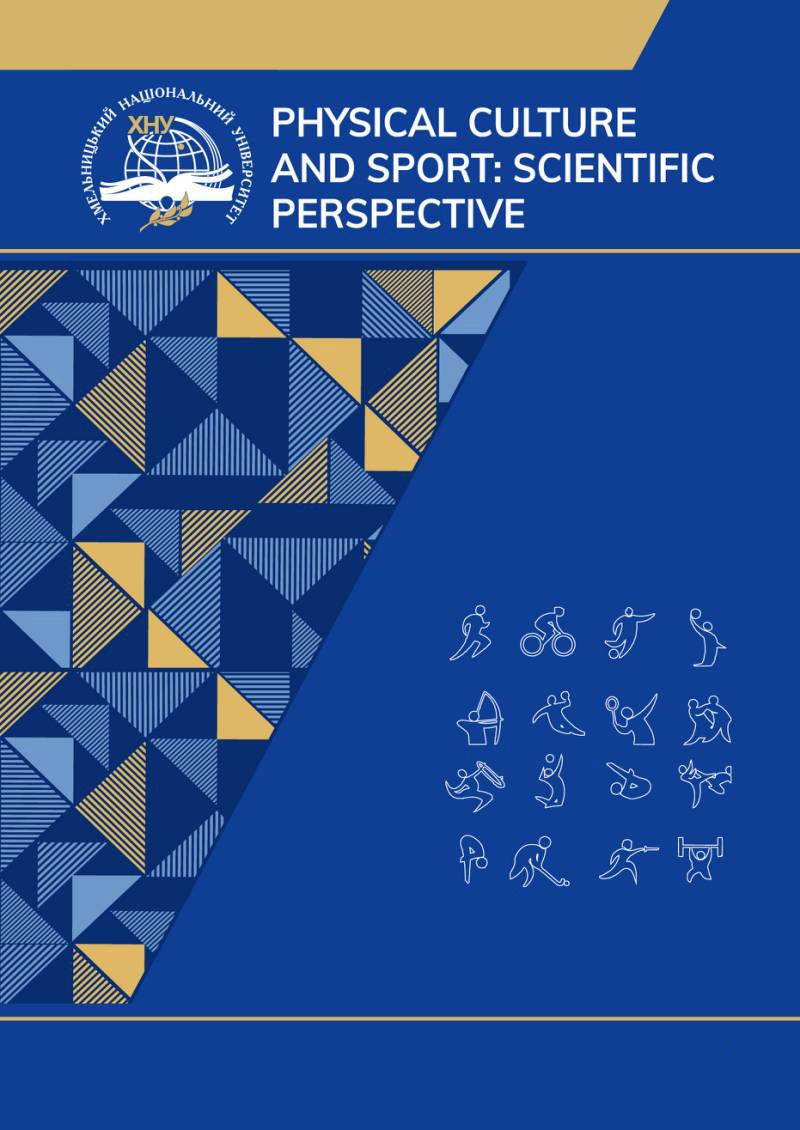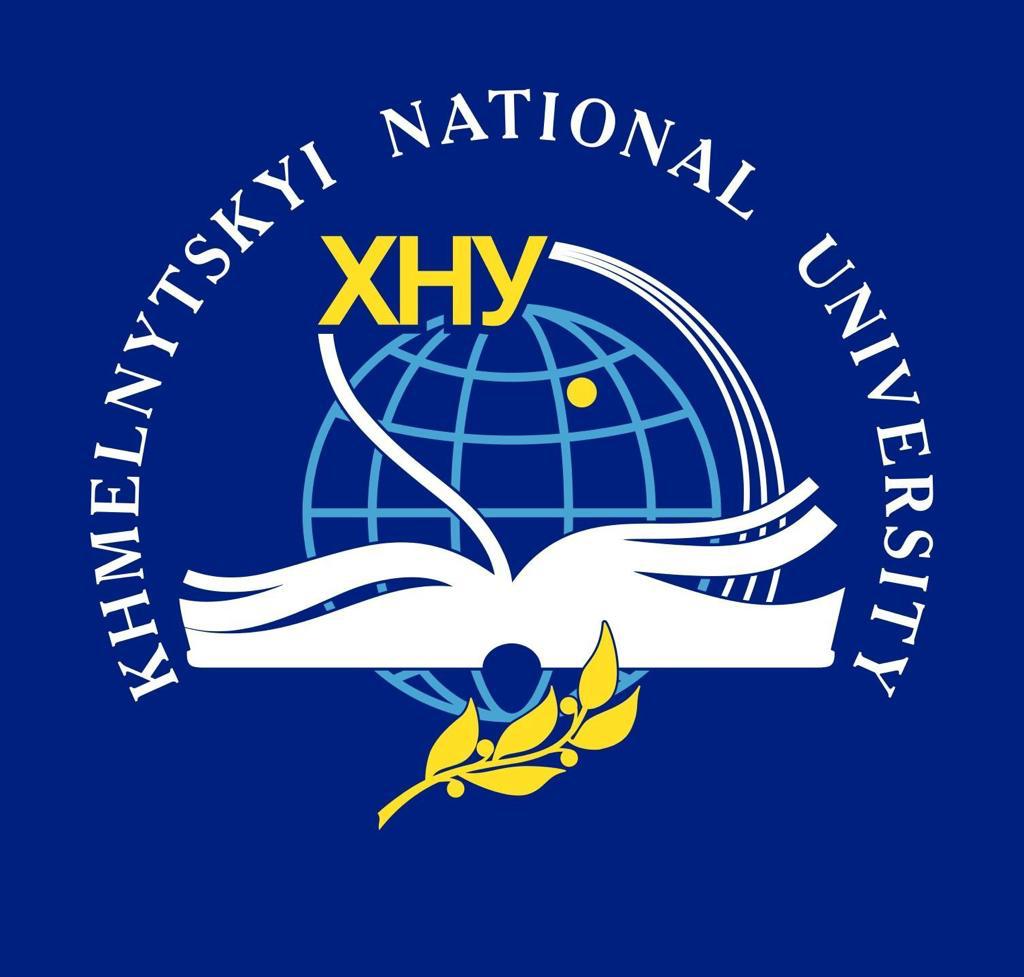PHYSICAL THERAPY OF CHILDREN WITH CONGENITAL MUSCULAR TORTICOLLIS
DOI:
https://doi.org/10.31891/pcs.2024.1.57Keywords:
physical therapy, muscular torticollis, therapeutic exercises, abnormal head position, childrenAbstract
The article presents an overview of modern approaches to physical therapy in the rehabilitation and treatment of children with congenital muscular torticollis. The etiology and pathogenesis of the disease in children of the first year of life is presented. The effectiveness of physical therapy depends on a correctly selected approach to step-by-step planning. Physical therapy planning helps not only to determine the timing and duration of therapy, but also to outline the most successful method of overcoming the disease of the newborn and predict the final result.
Issues of the importance of an individual approach to children with congenital muscular torticollis are highlighted, as the effectiveness and efficiency of physical therapy depends on the correct approach to planning. A comprehensive program of physical therapy allows you to determine the time of rehabilitation, as well as to form ways to overcome pathological processes and predict the result.
It was determined that physical therapy has a positive effect on all body systems, stimulating their protective functions and helping to eliminate inflammatory and dystrophic disorders. When choosing therapeutic agents, the degree of torticollis, age and physical characteristics of the child should be taken into account. Studies have shown that the correct application of physical therapy measures brings positive dynamics in the treatment of torticollis. Based on the analysis of literary sources, own practical experience and previous research in this direction, it is possible to determine that the individualization of physical therapy activities contributed to a significant improvement in the functional state of the affected and healthy sternoclavicular-mastoid muscles, normalization of muscle tone and body structure, reducing the angle of inclination of the head, improving the mobility of the cervical spine and reducing the mobility of the cervical spine. Physical therapy for congenital torticollis is long-term and comprehensive and includes exercise, massage, and physical therapy. Thus, the use of physical therapy for congenital muscular torticollis requires the complex use of modern means and methods to achieve positive dynamics.
References
Golka H.G., Bur'yanov O.A. Traumatology and orthopedics: textbook for students. higher med. education institutions Vinnytsia: New book. 2019. 365 p.
Gorelik V. V., Horbatyuk O. M. Main congenital diseases of the locomotor system in newborns and infants. Neonatology, surgery and perinatal medicine. 2018. Vol. 4. No. 2. P. 73–75.
Porada A. M., Solodovnyk O. V., Prokopchuk N. E. Fundamentals of physical rehabilitation: teaching. manual Kind. 2nd Kyiv: Medicine, 2018. P. 246.
Protsailo M. D., Revchuk V. S. Congenital muscular torticollis. Caput obstipum congenitum musculare: ed. manual for intern doctors. Ternopil, 2015. P. 52.
Stupnytska S. A. Methodology of examination of children of the first year of life with congenital muscular torticollis. The first step in science, 2016.P. 136–140.
Bambara J., Turner A., William R., Haselkorn J. Disability and Rehabilitation. 2010. Vol. 33. P. 1–8.
Gundrathi J., Cunha B., Mendez MD. Congenital Torticollis. Treasure Island, FL: StatPearls. 2021.
Kim MW., Kim DY., Lee DW., Ryoo DH. Concurrence of Congenital Muscular Torticollis and Congenital Torticollis Due to Other Anomalies : Two Case Reports. Front. Pediatr. 2021. Vol. 9. P. 148–153.
Kuliński W., Kuliński W., Zeman K. Fizjoterapia w pediatrii. Wydawnictwo Lekarskie PZWL. 2012. P. 396.
Tomczak KK., Rosman NP. Torticollis. Journal of Child Neurology. 2013. Vol. 28(3). P. 365-78.





